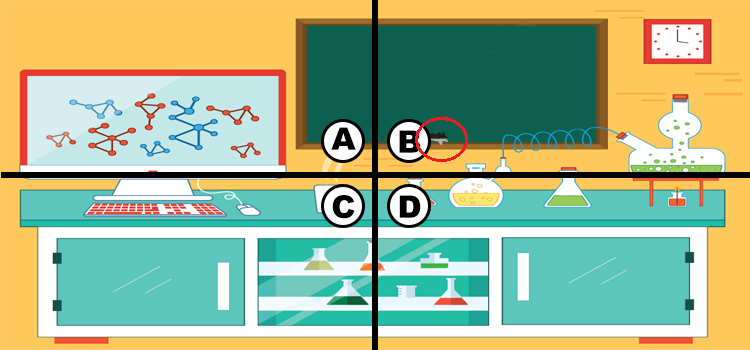

Evolution results from natural selection acting upon genetic variation within a population. Evolution occurs through multiple mechanisms. Not all similar traits are homologous some are the result of convergent evolution. There is a fit between organisms and their environments, though not always a perfect fit. An organism's features reflect its evolutionary history. Information on controversies in the public arena relating to evolution. Alignment with the Next Generation Science Standards. The big issues – Pacing, diversity, complexity, and trends. Macroevolution – Evolution above the species level. Microevolution – Evolution within a population. Mechanisms: the processes of evolution – Selection, mutation, migration, and more. The history of life: looking at the patterns – Change over time and shared ancestors. An introduction to evolution: what is evolution and how does it work?. The survival and reproductive success of an individual is directly related to how their traits help them to function and survive in their environment. Mutations are random, but natural selection is not random. Is evolution a random process? Evolution is not a random process. Evolution repeats itself in different environments. Different mutations can cause the same phenotype (trait). Did the mice on each of the dark lava flows have the same mutation? No. Mutations that increase the chance of survival of an organism can become much more common in a population. A small advantage can lead to big changes in the population very quickly. How do you get a population of dark colored mice? In dark environments, the dark colored mice have an advantage they survive better and have more offspring. (Darker fur is favorable in the dark environment and harmful in the light.) Mutations are favored, rejected, or neutral depending upon an organism’s environment. How does a dark mouse appear in a population of light mice? Gene mutations cause the darker mice. The environment “selects” those individuals with the most favorable traits to survive and reproduce. What causes the overall differences in mouse fur color (big picture)? The differences in mouse fur color are caused by natural selection. The mice’s underbellies are white because there’s no selective pressure for it to be dark the predators come from above so it doesn’t matter what color the bellies are. Why do the pocket mice in the dark lava environment have dark fur on top and white underbellies? The d arker fur on the top of their bodies provides camouflage so predators won’t see them. 
Speciation : The evolution of a new species from an existing species.Īfter you define these terms, click HERE and watch the video clip about the rock pocket mouse.Adaptation: a trait or behavior in a species population that makes it better suited to its environment.
#ROCKET POCKET MOUSE ANSWER KEY SKIN#
Trait: a genetically determined characteristic passed on from parents to offspring (hair color, eye color, skin color).Evolution: Gradual c hanges in traits in a species population from one generation to the next and the evolution of different species from a common ancestor over many generations.Variation: Members of the same species population with different traits.A mutation could change the traits in the organism. Mutation: A gene mutation is a permanent change in the DNA sequence that makes up a gene.Natural selection: The process in nature by which organisms with traits that help them survive, reproduce more and pass on those traits to their offspring.

Population: All of the individuals of the same species that live in a particular area.







 0 kommentar(er)
0 kommentar(er)
